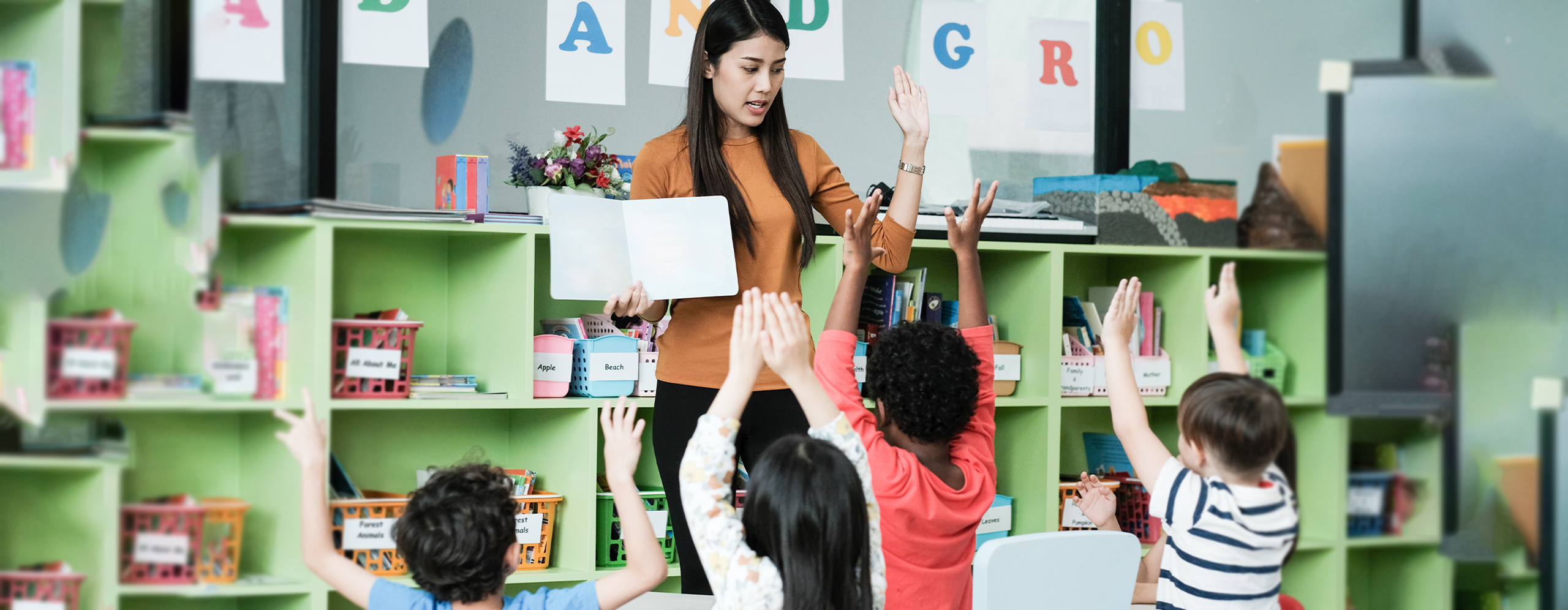
Let’s imagine a garden with many diverse plants. Herbs, shrubs, trees, creepers, all coexisting and contributing to the beauty of this green haven. It would be folly to assume that the gardener could tend to all these different species in the same way. Some would naturally require more shade, some less water and some a generous amount of sunlight. It is only by understanding the uniqueness of each that we can actually give them the care they deserve so that the garden can thrive.
A classroom full of students is quite similar. Each one has their own learning patterns, strengths and backgrounds. This is why we need differentiated teaching.
Differentiated teaching begins with acknowledging that each mind is unique, and education must embrace this diversity to cultivate individual growth. It is the understanding that students learn best when their lessons are tailored to their strengths, needs and interests, allowing them to flourish in their own distinctive ways.
To accommodate this, the teacher needs to adjust the curriculum and method of instruction to maximise the learning of all students.
Now that we have established what differentiated teaching is and why we need it, let’s move on to the next obvious question. How can we use this to build more inclusive classrooms?
Learning stations is a strategy used in differentiated teaching to provide students with diverse learning experiences in a structured and engaging manner. It involves setting up different activity stations within the classroom, each designed to target specific learning objectives and cater to varying learning styles and abilities.
Here’s how learning stations work:
The benefits of using learning stations as a differentiated teaching strategy are numerous. Students get the opportunity to engage with the material in various ways, making learning more accessible and meaningful. It allows teachers to cater to diverse learning needs within a single classroom, promoting inclusivity and personalised learning.
Cubing is a strategy used in differentiated teaching to encourage creative and critical thinking among students. It involves presenting a topic or concept in multiple dimensions, or sides of a cube, each representing a different aspect or perspective. Students then explore and engage with the topic from various angles, which helps accommodate diverse learning styles and encourages deeper understanding.
Here’s how cubing works:
Einstein said, ‘Everyone is a genius but if we judge a fish by its ability to climb a tree it will spend its entire life believing that is its stupid’.
To create better assessments, we need to first understand our goal. What exactly are we assessing? Is it the students’ problem-solving ability? Their critical-thinking skills? Communication styles? Or something else? The assessments could then be grouped as activities to accommodate these goals.
We could group these tasks in the following ways:
Ongoing differentiated assessments are not only a way for the teacher to assess learning and growth, but also an excellent way for the students to feel a sense of achievement, which is a huge motivation for them to learn more.
The benefits of differentiated teaching extend beyond the classroom walls, as it equips students with valuable skills such as critical thinking, problem-solving and collaboration. By nurturing a love for learning and fostering a positive attitude towards education, this approach paves the way for lifelong learners who are well-prepared to adapt and thrive in an ever-changing world.
Authored by Tarana Thakurdas, Speech and Drama Trainer, Trinity College, London
Disclaimer: The views stated in this article are solely those of the author’s. They do not profess to reflect the opinions or views of BYJU’s or its members.